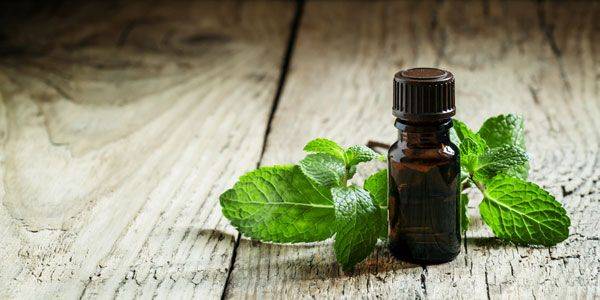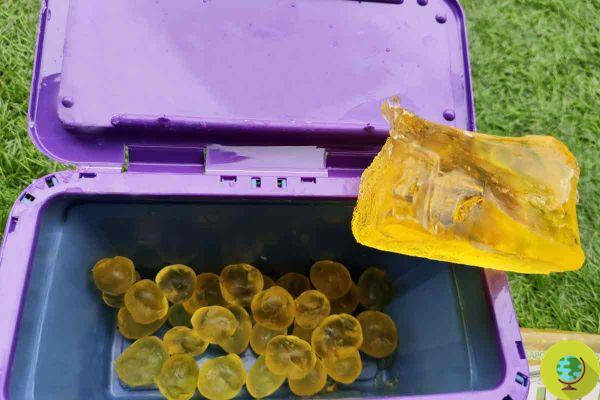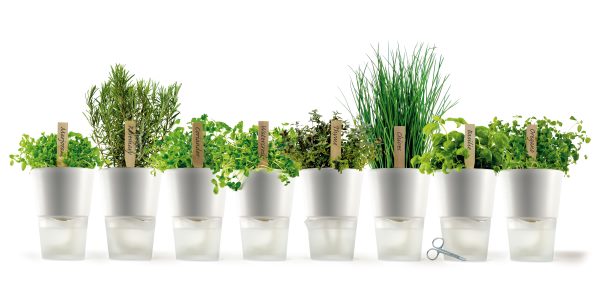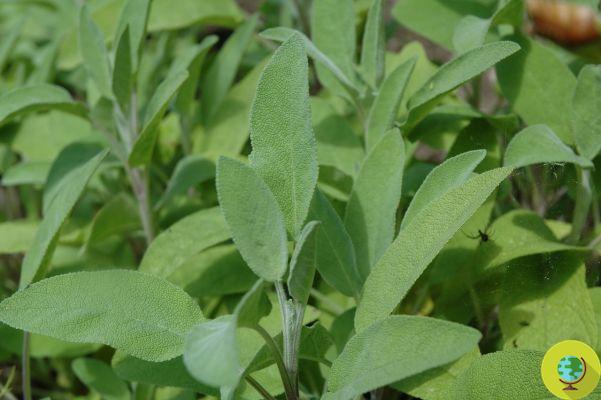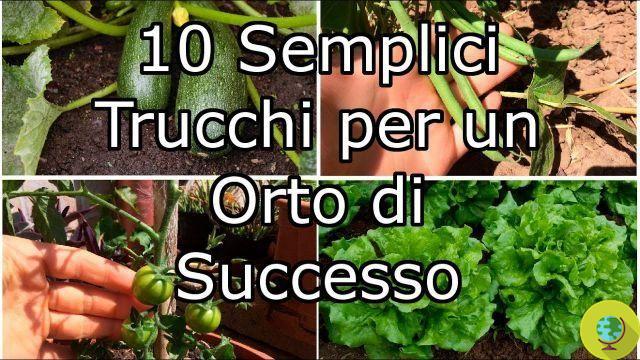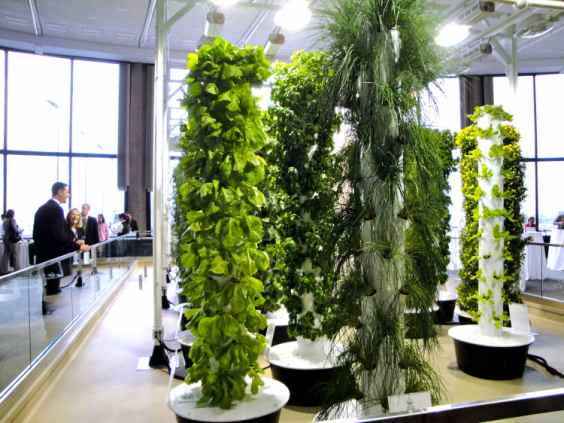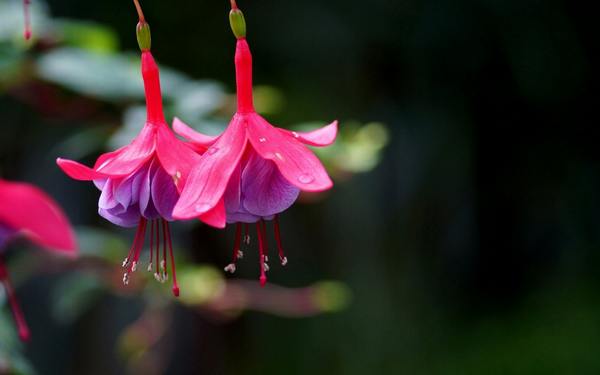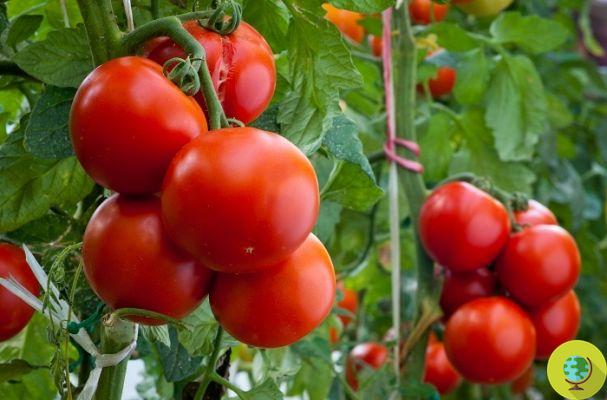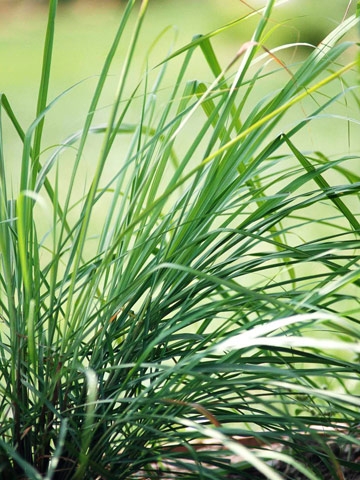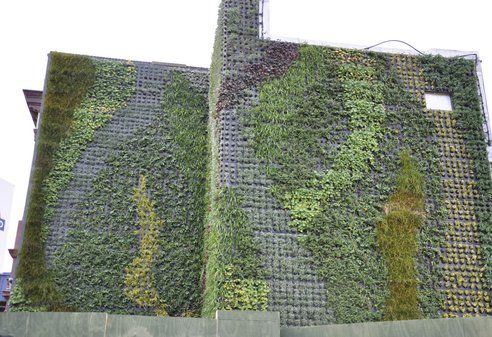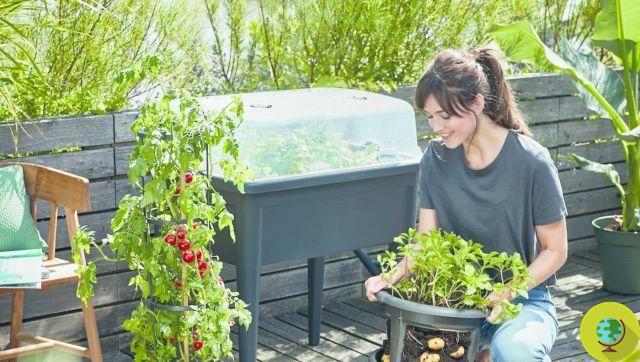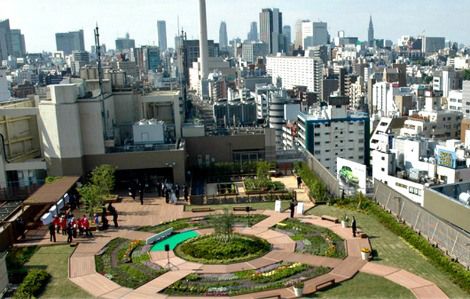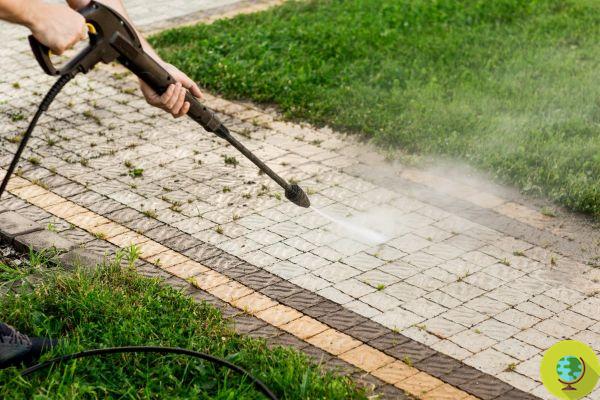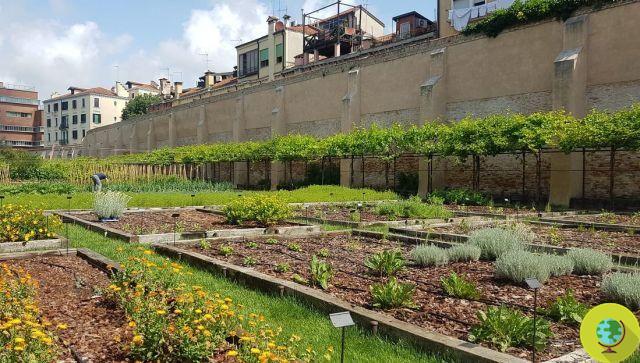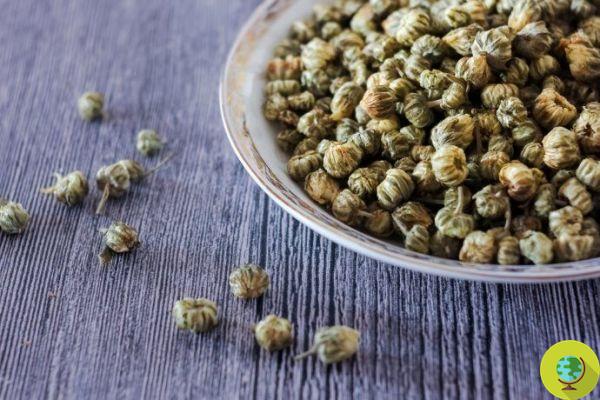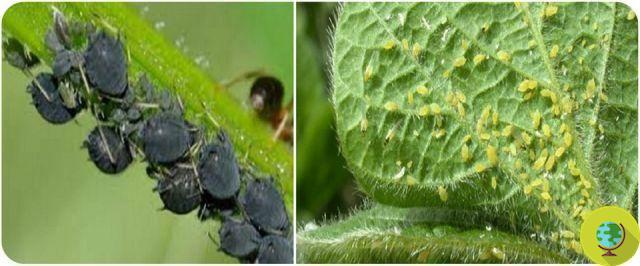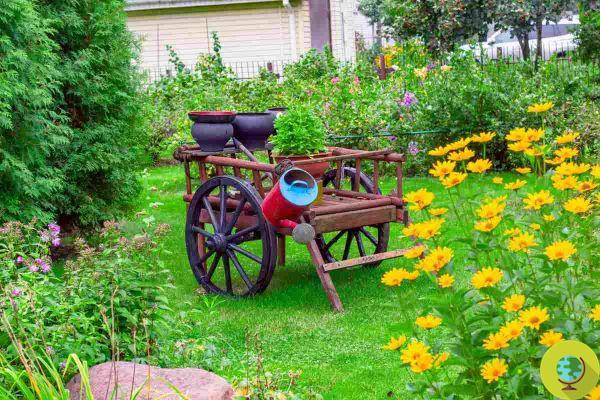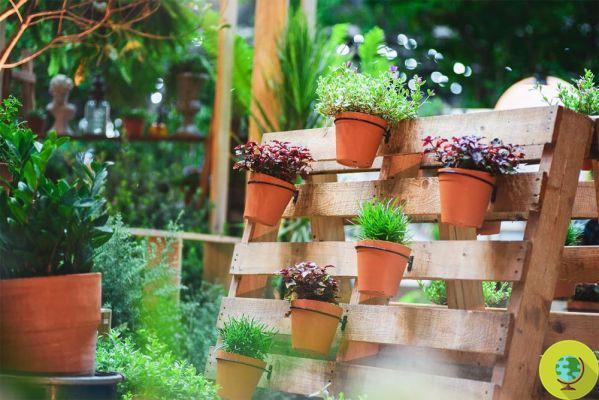
Here are some useful and eco-friendly tips to prepare your garden for the winter season: what to remove and what to leave, what factors to consider and how to do to have an even more beautiful garden in 2011.
He is about to end up run over, his mother saves him
Winter is approaching and the cold days slowly peep out. The time has come to do some cleaning, especially in the garden, perhaps during one of those beautiful still warm afternoons kissed by the last autumn sun. After the eco-ideas for growing your own urban vegetable garden, New York mobile gardens and do-it-yourself mini greenhouses, here are some useful and eco-friendly tips to prepare your green oasis of peace for the winter season. What to remove and what to leave, what factors to consider and how to do to have an even more beautiful garden in 2011.
Spade, rake, scissors, organic cotton gloves and a good dose of energy will be essential for the success of your green thumb operations.
Good job.
1. Before moving on to removing dried-up plants and roots, draw a "map" with the more or less precise position of the protagonists of your garden, putting even those who did not make it to reach the end of the year. In fact, the mapping of the garden will be very useful for you next year, when you plan the positions of the new species to be planted.
In the map, annotated also external factors involving the good / bad condition of your green friends throughout the year such as insects, unwanted animals, diseases and rains. The latter are particularly important because they can affect the flavor of your cherry tomatoes and the abnormal size reached by malvarosa.
2. To better prepare the soil that will host the new plants, do not forget to remove the diseased ones. To do this, you will need to equip yourself with a spade and rake acting immediately, before rain and humidity take over, making the operations much more complicated.
Rake with care, especially around roses and peonies in order to avoid any stagnation of water. Eliminate the diseased leaves, they are the ideal place for the proliferation of insects and diseases, and make them a small bonfire.
3. Recover all the organic material you have collected, of course, the one not affected by pests or diseases, and add it in the preparation of the compost together with the chopped leaves of the lawnmower, it will be perfect for fertilizing the garden.
4. Preparing the ground for the next year requireselimination of annual plants such as basil and marigold. The best thing, in this case, would be to cut them rather than uproot them, leaving the roots in place, in fact, it helps to preserve the soil structure by minimizing the growth of weeds.
Now, your garden is ready for the frigid temperatures of the beginning of the year, including snow.
Serena Bianchi




